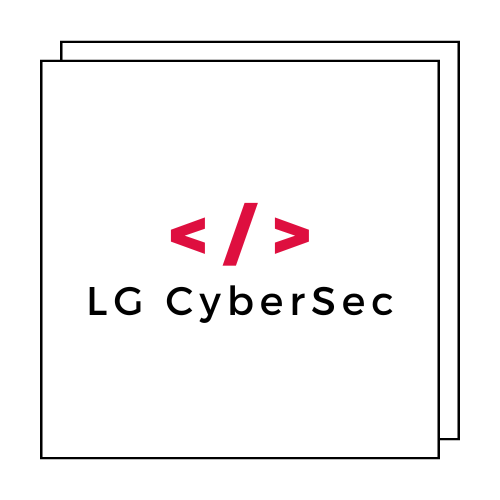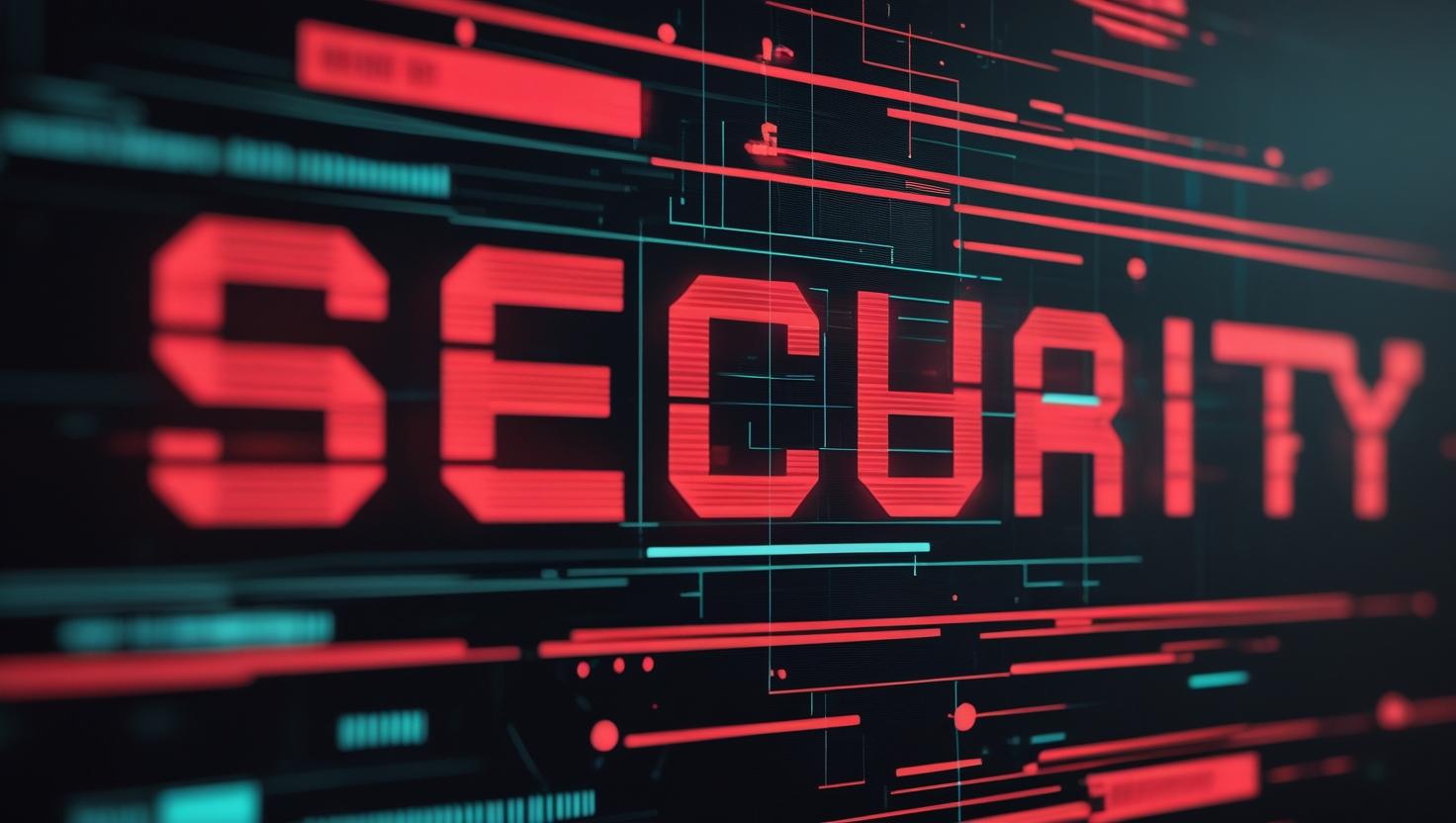Last updated: August 2025
Endpoint Detection and Response (EDR) tools have become essential for modern cybersecurity strategies. With cyber threats evolving rapidly, organizations need robust EDR tools to protect their endpoints, detect advanced threats, and respond quickly to security incidents. In this comprehensive guide, we’ll compare the leading EDR tools available in 2025, helping you make an informed decision for your organization’s security needs.
What is EDR and Why It Matters in 2025
Endpoint Detection and Response (EDR) is a cybersecurity solution that monitors, detects, investigates, and responds to threats on endpoint devices such as desktops, laptops, servers, and mobile devices. Unlike traditional antivirus solutions, EDR tools provide continuous monitoring, behavioral analysis, and automated response capabilities.
Key benefits of modern EDR solutions include:
- Real-time threat detection using AI and machine learning
- Automated incident response to minimize damage
- Forensic capabilities for post-incident analysis
- Compliance support for regulatory requirements
- Integration with broader security ecosystems
Top EDR Tools Comparison 2025
1. CrowdStrike Falcon
CrowdStrike Falcon remains a market leader in the EDR space, known for its cloud-native architecture and AI-powered threat detection.
Key Features:
- Cloud-native platform with no on-premises infrastructure required
- AI-powered threat hunting and detection
- Real-time visibility across all endpoints
- Integrated threat intelligence
- Automated response and remediation
Pricing: Typically starts around $8-15 per endpoint per month, with enterprise pricing varying based on features and volume.
Best For: Large enterprises requiring comprehensive endpoint protection with minimal infrastructure overhead.
2. SentinelOne Singularity
SentinelOne has gained significant traction with its autonomous EDR capabilities and behavioral AI technology.
Key Features:
- Autonomous threat detection and response
- Behavioral AI for zero-day threat protection
- Extended data retention (up to 3 years)
- Rollback capabilities for ransomware recovery
- Integrated XDR capabilities
Pricing: Singularity Complete costs $179.99 per device per year, while Singularity Commercial costs $229.99 per device per year.
Best For: Organizations seeking autonomous security operations with minimal human intervention.
3. Microsoft Defender for Endpoint
Microsoft Defender for Endpoint offers native integration with the Microsoft ecosystem, making it attractive for Windows-heavy environments.
Key Features:
- Native Windows integration
- Advanced hunting capabilities
- Threat and vulnerability management
- Attack surface reduction rules
- Integration with Microsoft 365 security suite
Pricing: Typically included with Microsoft 365 E5 licenses or available standalone starting around $5 per user per month.
Best For: Organizations heavily invested in the Microsoft ecosystem seeking seamless integration.
4. Trend Micro Apex One
Trend Micro Apex One combines endpoint protection with EDR capabilities in a unified solution.
Key Features:
- Integrated endpoint protection and EDR
- Advanced threat detection using machine learning
- Automated threat response
- Vulnerability assessment and patching
- Comprehensive reporting and analytics
Pricing: Offers good value by combining endpoint protection and EDR capabilities at a relatively low cost.
Best For: Mid-size organizations seeking comprehensive endpoint security in a single solution.
5. Cynet 360
Cynet positions itself as an all-in-one cybersecurity platform with strong EDR capabilities.
Key Features:
- All-in-one security platform (SIEM, SOAR, EDR)
- 24/7 managed detection and response services
- User and entity behavior analytics (UEBA)
- Network analytics
- Deception technology
Pricing: Competitive pricing with managed services included.
Best For: Small to medium businesses needing comprehensive security with managed services.
6. VMware Carbon Black
VMware Carbon Black offers cloud-delivered endpoint protection with strong EDR capabilities.
Key Features:
- Cloud-delivered endpoint protection
- Behavioral monitoring and analysis
- Threat hunting capabilities
- Integration with VMware infrastructure
- Comprehensive audit and compliance features
Pricing: Pricing can vary depending on the needs and size of an organization, usually on a subscription basis per endpoint per year.
Best For: Organizations using VMware infrastructure seeking integrated security solutions.
Key Factors to Consider When Choosing an EDR Tool
1. Detection Capabilities
Look for solutions that offer:
- Behavioral analysis to detect unknown threats
- Machine learning and AI-powered detection
- Signature-based detection for known threats
- Threat intelligence integration
2. Response and Remediation
Evaluate the tool’s ability to:
- Automatically respond to threats
- Isolate compromised endpoints
- Provide rollback capabilities
- Integrate with other security tools
3. Scalability and Performance
Consider:
- Agent resource consumption
- Scalability across large endpoint deployments
- Cloud vs. on-premises deployment options
- Integration capabilities with existing infrastructure
4. Usability and Management
Assess:
- User interface and ease of use
- Reporting and analytics capabilities
- Alert management and prioritization
- Training and support resources
5. Cost and ROI
Factor in:
- Licensing costs per endpoint
- Implementation and training expenses
- Ongoing maintenance requirements
- Total cost of ownership (TCO)
EDR Market Trends in 2025
Extended Detection and Response (XDR)
Many EDR vendors are expanding their offerings to include XDR capabilities, providing broader visibility across the entire security stack including networks, cloud workloads, and email.
AI and Machine Learning Integration
Modern EDR solutions increasingly use AI and machine learning to prevent, detect, and respond to threats across endpoints and cloud workloads, with a focus on reducing false positives and improving detection accuracy.
Cloud-Native Architecture
The shift toward cloud-native EDR solutions continues, offering better scalability, reduced infrastructure requirements, and faster deployment times.
Autonomous Security Operations
Solutions like SentinelOne are pushing toward fully autonomous security operations, reducing the need for human intervention in threat detection and response.
Implementation Best Practices
1. Pilot Testing
Before full deployment:
- Test with a small group of endpoints
- Evaluate performance impact
- Assess integration with existing tools
- Train security team on new capabilities
2. Gradual Rollout
- Deploy in phases across different business units
- Monitor performance and adjust configurations
- Gather feedback from end users
- Refine policies and rules based on initial results
3. Integration Strategy
- Ensure compatibility with existing security tools
- Plan for SIEM integration
- Consider API integrations for automated workflows
- Maintain centralized logging and monitoring
4. Ongoing Optimization
- Regularly review and tune detection rules
- Update threat intelligence feeds
- Conduct regular security assessments
- Provide ongoing training for security teams
Conclusion: Choosing the Right EDR Solution for 2025
The EDR landscape in 2025 offers robust solutions from established vendors like CrowdStrike, SentinelOne, Microsoft, and others. When selecting an EDR tool, consider your organization’s specific needs, existing infrastructure, budget constraints, and long-term security strategy.
For organizations seeking cutting-edge autonomous capabilities, SentinelOne leads the way. Microsoft Defender for Endpoint remains the logical choice for Microsoft-centric environments, while CrowdStrike continues to excel in enterprise-grade threat hunting and response.
Remember that the best EDR solution is one that fits your organization’s unique requirements, integrates well with your existing security stack, and provides the detection and response capabilities needed to protect against today’s advanced threats.
Additional Resources
- Gartner’s Magic Quadrant for Endpoint Protection Platforms
- NIST Cybersecurity Framework
- MITRE ATT&CK Framework
- Cybersecurity and Infrastructure Security Agency (CISA)
Need help selecting the right EDR solution for your organization? Contact our cybersecurity experts for a personalized consultation and assessment of your endpoint security needs.

